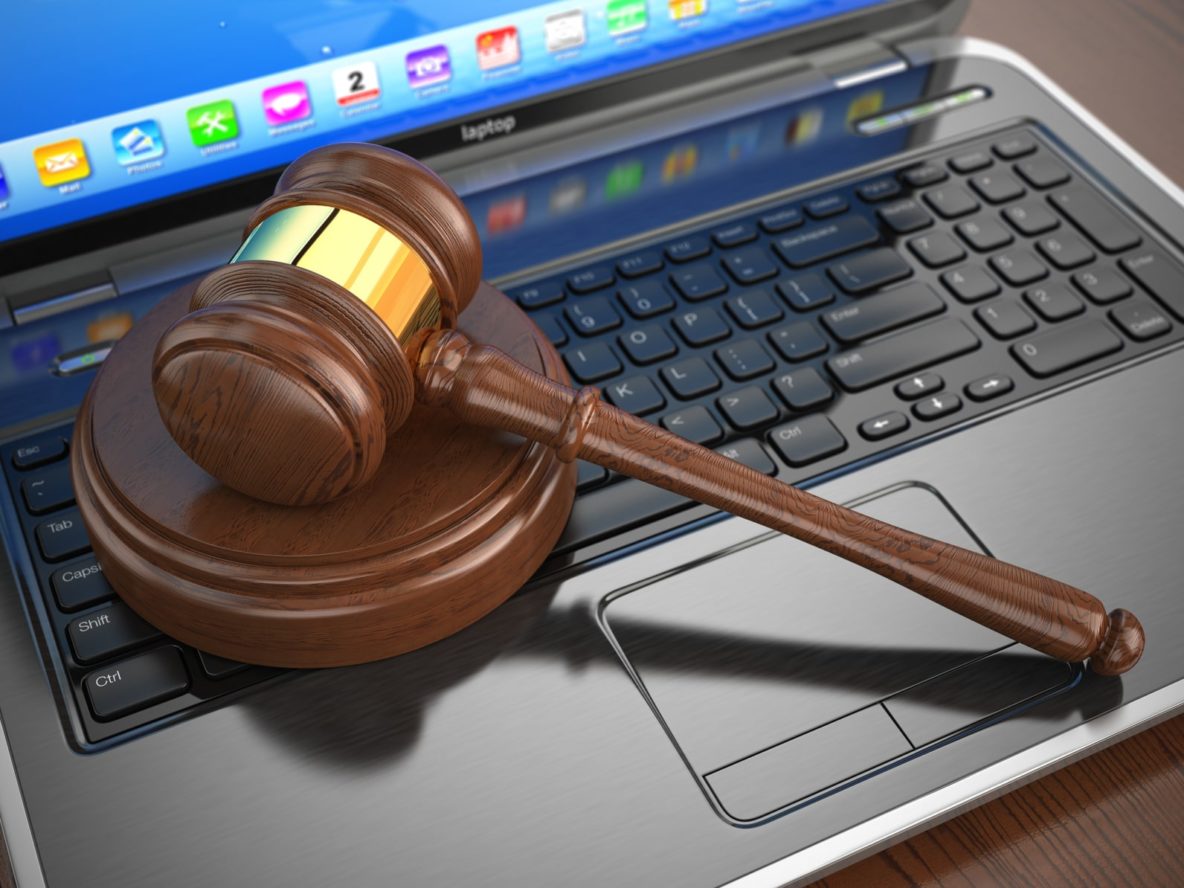The biggest mistake attorneys make with trial presentation technology is failing to drill with it.
I don’t mean practice with it. I mean drill with it.
Most litigators understand that they should not go into a trial with technology unless they are comfortable using it. But, while many attorneys and their legal assistants understand the basics of the technology, they are often not practiced enough to act quickly if the judge or opposing counsel throw them a sudden curve ball.
How Familiar are You with Your Trial Technology?
Before you go to trial, try to imagine what might derail your fluid use of trial technology:
- If you get an objection to highlighting you have placed on a document shown to jurors on a screen, and the judge rules you must immediately remove the highlighting, can you do remove it swiftly?
- If an attorney objects to a video clip you are showing to the jury on the grounds that the clip has been improperly edited, can you stop the clip, take down the video down, and re-edit it on the spot?
- What can you do if a judge rules that you must include additional lines from a deposition that you are going to show on the screen to the jury? Are you able to add in those transcript excerpts quickly and easily?
- Can you make last-minute changes to a closing argument you intend to present on the screen, when the judge has ruled that you cannot argue a specific point to the jury?
Can you make all of these adjustments seamlessly while a jury sits in place waiting for you to act?
Here are some other questions to consider:
- Can you rapidly correct inadvertent mistakes that you make yourself while using trial technology? Suppose that you accidentally put the wrong document up on the screen — one that has not been admitted yet, or worse, is a controversial piece of evidence requiring a judge’s ruling before it is allowed to be displayed. Do you know how to black out the screen within a second or two, in order to avoid any prejudice to your opponent?
- Do you know what to do if your technology is briefly out of commission? What will you do if your video from a crucial deposition freezes up? Do you know how to unfreeze it so you can show the important video to the jury? Can you change the light bulb in your projector? Do you even have a second bulb??
How you handle these sudden and unanticipated technology-related problems may have a huge effect on your success at trial.
My Own Trial Technology Debacle
About 18 years ago, I was just starting to explore using trial technology. I familiarized myself with the trial presentation technology for about a week before the trial began. Unfortunately, it was not enough time for me to develop any sort of facility in using it. Of course, I did not realize that until I came into the courtroom of one of the District of Columbia’s, then, most demanding judges. From the very start of the trial, she began to direct me to change virtually everything I put up on the screen: the document was too big, too small, the highlighting too extreme. The videos should cut off faster, transition more smoothly. The judge interfered so often with my use of the technology that I quickly began to lose control of the technology and the trial.
Fortunately, I had a backup plan for continuing with the trial and brought my overhead projector for showing documents. I abandoned the technology for that trial, and vowed to be better next time. My practice now is to be prepared for the demands of even the most demanding, even unreasonable, jurist and for any technology equipment emergency.
There is No Substitute for Practice and Trial Technology Drills
If you are going to trial with technology, begin working with the technology on a daily basis at least one month before trial. Don’t only focus on how to show documents and videos. Work on how you will react in the event of an unanticipated problem or a new instruction from the court. Whether you operate the technology yourself — as I often do — or are assisted by a paralegal or trial technician, drill on what to do if you have to act quickly to correct something or respond to a judge’s ruling. Practice taking a document off of the screen in a few seconds. Work on how to revise videos in only a minute or two.
Find out in advance from your trial software company what safeguards are built into the use of the software. For instance, in my trial presentation software, called “Visionary,” I can bring a document up only on my computer desktop before I publish it to the jury. If I understand how to configure my desktop properly, I will not make a mistake and show jurors the wrong document inadvertently.
When you practice with your technology, use two screens — one for you and a screen representing the one jurors will see. You want to simulate as best you can trial conditions. In my firm, we have a second computer screen which we attach to the computer to function as the jury screen, without the need to use a projector for lengthy periods of technology practice.
If you are working with legal assistants who operate the technology with you, help them understand that they can act in the absence of an explicit direction from you — if the judge suddenly makes a ruling which requires you to act fast. If the judge wants the highlighting removed “NOW,” legal assistants should act as if the judge is speaking directly to them and act immediately. In a worse case scenario, make sure everyone knows how to take any document or video off the screen. A document or video improperly published to a jury can lead to exclusion of evidence or worse, a mistrial.
Avoid Trial Presentation Technology Problems by Discussing the Use of the Technology with the Court and Opposing Counsel in Advance
One of the best ways to avoid last-minute technology problems is to discuss how you plan to use technology with the court and your opposing counsel before trial. A pretrial conference is often an ideal moment to sort this out. Ask the judge if she has any preferences for the way you use technology. Ask her if she will permit highlighting on documents before the jury, and under what conditions (some judges will only permit you to highlight documents on the screen once the particular word or phrase has been discussed with a witness). Attempt to work out the use of video with your opposing counsel ahead of time — with sufficient advance opportunity for court intervention if no agreement can be reached.
It is not enough to be familiar with trial technology. You have to know how to use it and be flexible and adaptable it its use throughout the trial. Drilling in advance with trial technology and anticipating problems that might arise in court is essential to a winning strategy.

